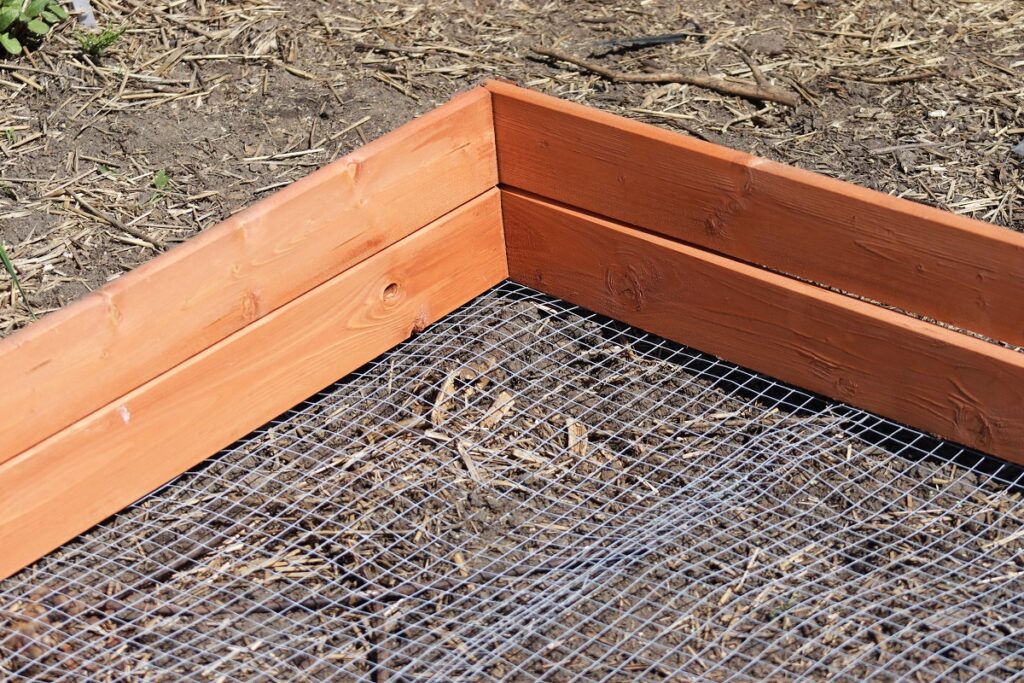
Choosing the right agro-fleece for frost is the key to success in protecting plants from low temperatures. There are various types of fleece available on the market, which differ in terms of material, weight and colour. The most popular of these are white and black frost nonwovens. The white fleece is characterised by a better light and air permeability, which promotes healthy plant growth while protecting them from frost. Black agro-fibre accumulates heat better, which is beneficial during spring frosts.
Depending on your needs, you can choose between different thicknesses of agro-textiles — the thin ones are suitable for early spring covers, while the thicker ones are perfect for intense frosts in winter. All of these types of agro-textiles have their specific uses, so they can be perfectly adapted to the specific crop type and weather conditions.
The use of agro fleece for frost brings many benefits to our crops. First of all, the agro-textile effectively protects the plants from low temperatures, which is crucial during spring and winter frosts. Thanks to its structure, it ensures adequate air permeability, which promotes healthy plant growth and prevents the development of mould and fungi. The agro-textile is also easy to apply, allowing you to quickly and efficiently protect your crops from the coming frosts.
The most important advantages of agro-textiles include:
By using frost fleece, we are assured that our plants will be well protected and their growth will be supported by the right microclimatic conditions.
When considering which frost-proof agro-textile is best, there are several key aspects to consider. First of all, it is important to match the weight of the agro-textile to the specific needs of the plants and the weather conditions.
The thinner agro-woven fabric with a lower weight is ideal for early spring frosts, while the thicker versions will effectively protect the plants during the more intense cold in winter.
When choosing an agro-textile, it is also worth paying attention to its durability, as a robust material will allow repeated use during different seasons.
In addition, the specific needs of the plants, such as the need for light and air permeability, will be decisive when choosing an agro-textile. As we mentioned, white agro-textile offers better light transmission, which promotes healthy plant growth, while black agro-textile accumulates heat, which is particularly helpful during spring frosts.
The correct installation of the frost agro fleece is important to ensure optimum plant protection. First of all, the frost nonwoven agro-textile should be carefully spread over the crop area so that it covers the entire area. It is best to lay the agro-textile in the early evening, before the temperature is expected to drop. It is important that the material is not stretched or too loose, which can lead to damage to the plants or ineffective protection from the cold.
Once the nonwoven fabric has been laid out, its edges should be secured with special pins, stones or other heavy objects so that it is not blown away by the wind. It is also a good idea to regularly monitor the condition of the agro-textile and, if necessary, correct its positioning and repair any damage.
The use of frost fleece can bring many benefits, but inappropriate use can result in problems. One of the most common frost fleece mistakes is not stretching the material properly — stretching too tightly can damage delicate plants, while a frost fleece that is too loose will not provide adequate protection from cold air.
Another mistake is inadequately anchoring the agro-textile, which can lead to it being blown away by the wind. To avoid this, the edges of the nonwoven fabric should be carefully secured with pins, stones or other heavy objects. Care should also be taken when spreading the agro-textile to avoid damaging the plants.
Improperly matching the thickness of the agro-textile to the weather conditions is another problem — a thin agro-textile may not be sufficient during heavy frosts, while a thicker version may restrict air and light permeability, which is not conducive to plant growth.
Regularly monitoring the condition of the agro-textile and making adjustments to its positioning are key to ensuring effective protection. To find out more and to purchase the right agro-textile, it is worth visiting the relevant websites and taking advice from professionals.